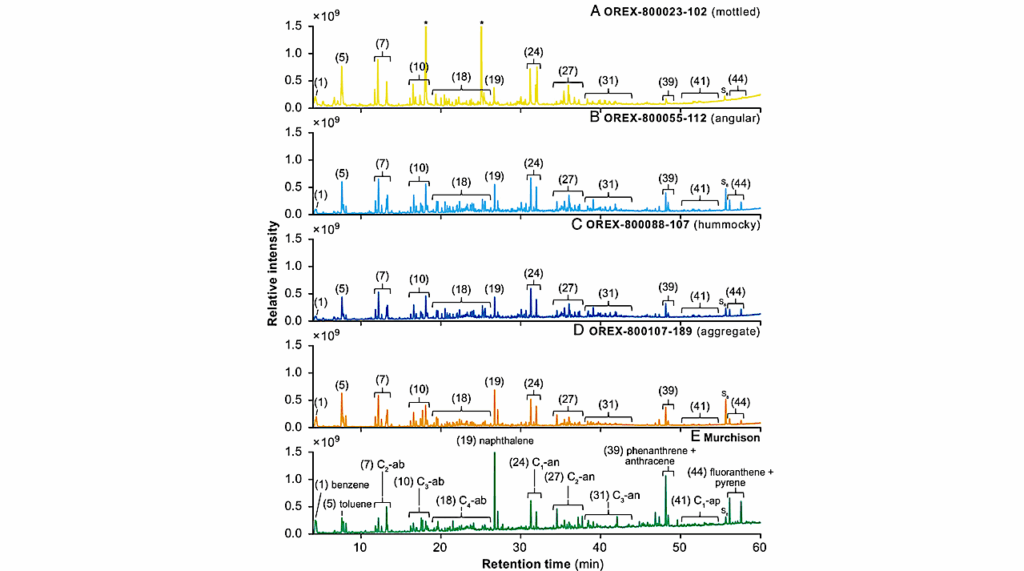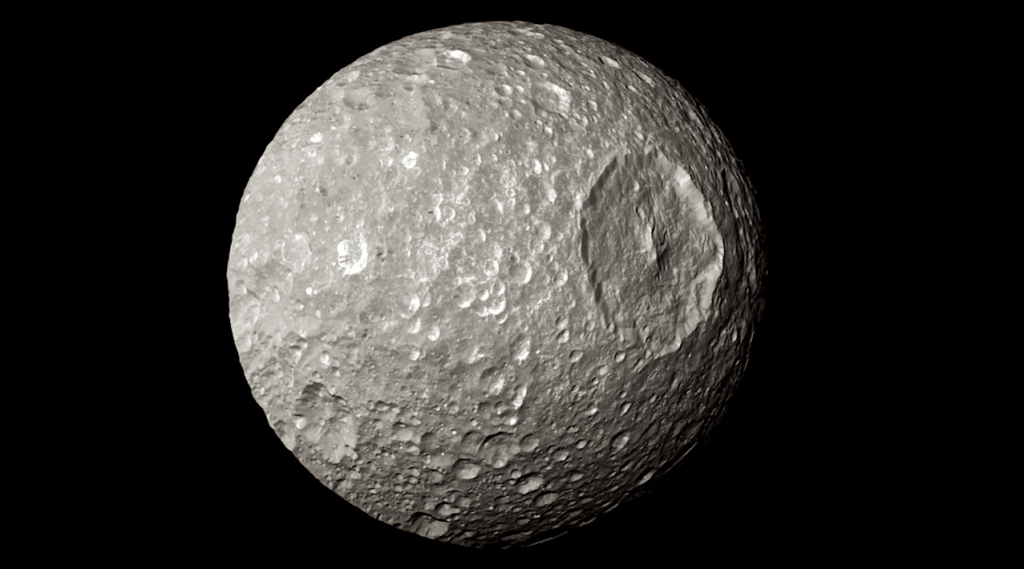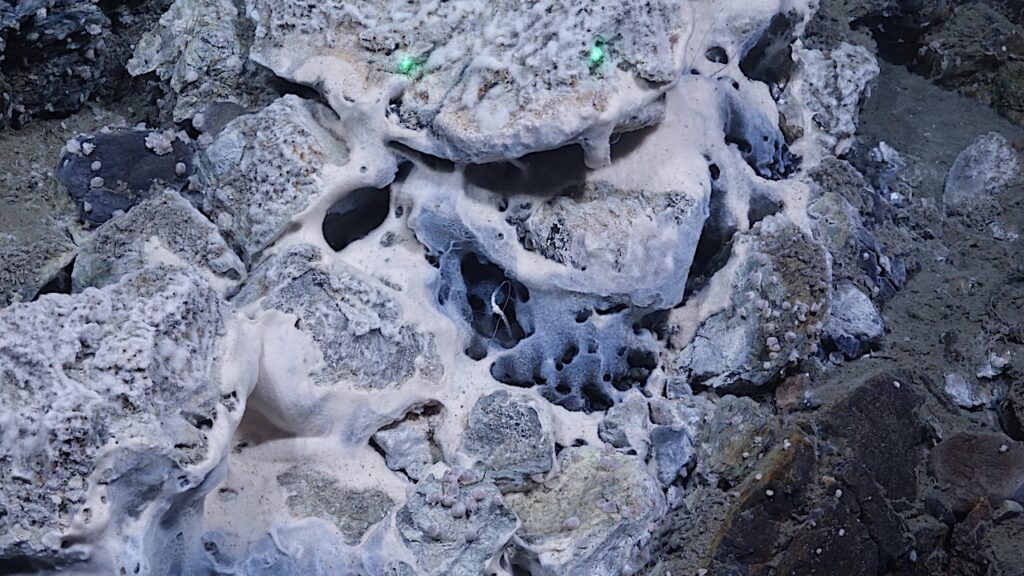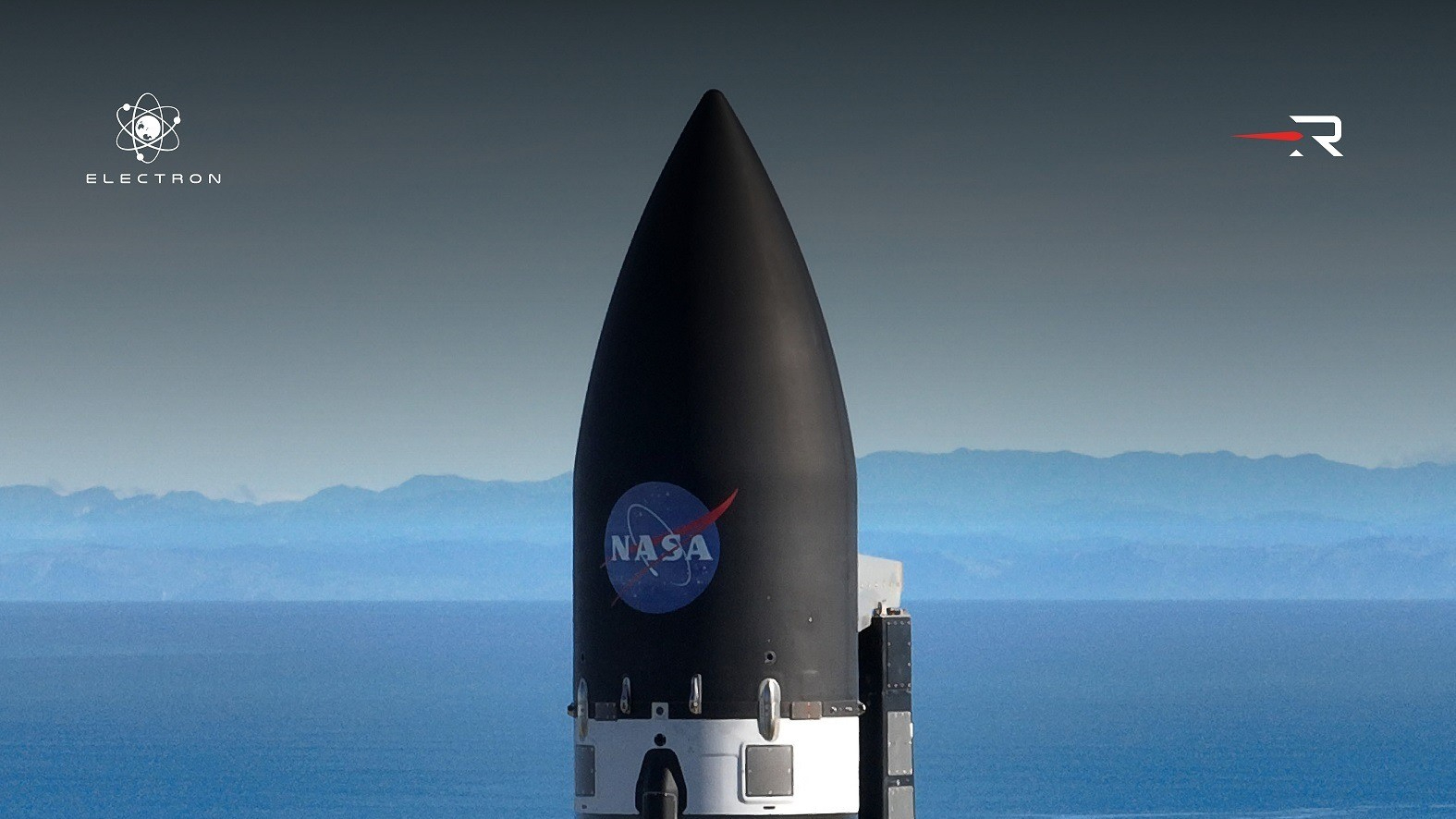Now Reading: An Eccentric Sub-Neptune Moving Into the Evaporation Desert
-
01
An Eccentric Sub-Neptune Moving Into the Evaporation Desert
An Eccentric Sub-Neptune Moving Into the Evaporation Desert
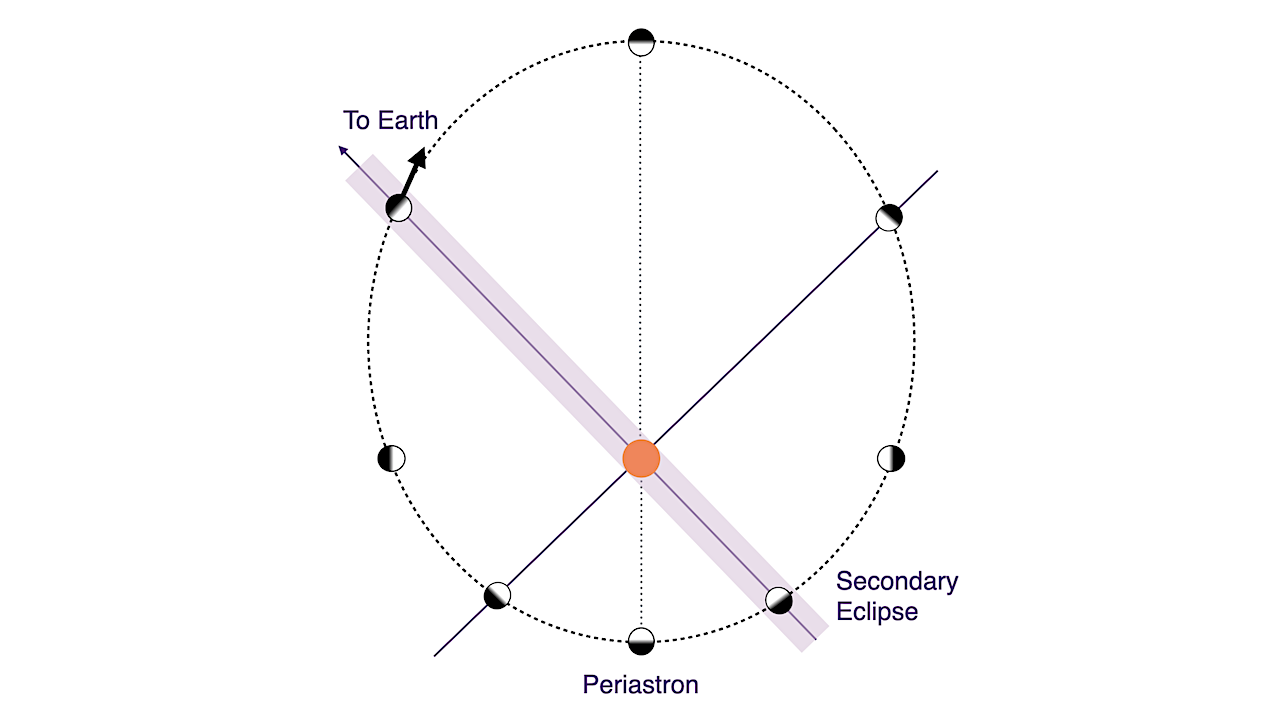

Diagram of TOI-5800 system. The star is shown to scale with the planet’s orbit. — astro-ph.EP
Though missions such as Kepler, K2, and TESS have discovered >2,000 sub-Neptune and Neptunian planets, there is a dearth of such planets at close-in (P≲3 days) orbits.
This feature, called the Neptune desert or the evaporation desert, is believed to be primarily shaped by planetary migration and photoevaporation. However, this region is not completely devoid of planets–a small number of very hot Neptunes reside within the desert.
These planets provide an opportunity to directly probe the effects of migration and photoevaporation. We present confirmation of TOI-5800 b, an eccentric sub-Neptune on a ≈2.6 day period that is likely actively undergoing tidal migration.
We use radial velocity measurements from the Carnegie Planet Finder Spectrograph (PFS) to constrain TOI-5800 b’s mass and eccentricity. We find that it has an unusually high eccentricity (0.39±0.07) for its short orbit. TOI-5800 is therefore currently experiencing high levels of tidal heating as it moves into the desert.
Ranked as a top candidate for transmission and emission spectroscopy within its temperature and radius regime, TOI-5800 b is a prime target for atmospheric characterization with JWST. TOI-5800 b presents a unique opportunity to study the atmosphere of a planet undergoing tidal heating and to probe the composition of sub-Neptune planets.

Mass-radius diagram with known sub-Neptunes and super-Earths. We include planets from the NASA Exoplanet Archive (accessed April 3, 2025) that have masses constrained within 20%. Theoretical models for a variety of interior compositions (Zeng et al. 2016) and for a cold H2 world (Seager et al. 2007) are shown as colored lines. Models for Earth-like cores with H2 atmospheres are shown in light purple (Zeng et al. 2019). Solar system planets are shown in orange. — astro-ph.EP
Sydney Jenkins, Andrew Vanderburg, Ritika Sethi, Sarah Millholland, Joseph E. Rodriguez, Luca Fossati, Andreas Krenn, Emily Pass, Alex Venner, Paul Butler, Hugh Osborn, Aaron Householder, Carl Ziegler, Juliette Becker, Perry Berlind, Christopher Broeg, Michael L. Calkins, Jeffrey D. Crane, Tansu Daylan, Julien de Wit, Jason D. Eastman, David Ehrenreich, Gilbert A. Esquerdo, Michael Fausnaugh, Yadira Gaibor, David W. Latham, Monika Lendl, Andrew W. Mayo, Gaetano Scandariato, Steve Shectman, Stephanie Striegel, Johanna Teske, Thomas G. Wilson
Comments: Submitted to AAS Journals
Subjects: Earth and Planetary Astrophysics (astro-ph.EP); Solar and Stellar Astrophysics (astro-ph.SR)
Cite as: arXiv:2505.10324 [astro-ph.EP] (or arXiv:2505.10324v1 [astro-ph.EP] for this version)
https://doi.org/10.48550/arXiv.2505.10324
Focus to learn more
Submission history
From: Sydney Jenkins
[v1] Thu, 15 May 2025 14:08:00 UTC (3,722 KB)
https://arxiv.org/abs/2505.10324
Astrobiology, Astrochemistry,
Stay Informed With the Latest & Most Important News
Previous Post
Next Post
-
 012024 in Review: Highlights from NASA in Silicon Valley
012024 in Review: Highlights from NASA in Silicon Valley -
 02Panasonic Leica Summilux DG 15mm f/1.7 ASPH review
02Panasonic Leica Summilux DG 15mm f/1.7 ASPH review -
 03How New NASA, India Earth Satellite NISAR Will See Earth
03How New NASA, India Earth Satellite NISAR Will See Earth -
 04And Thus Begins A New Year For Life On Earth
04And Thus Begins A New Year For Life On Earth -
 05Astronomy Activation Ambassadors: A New Era
05Astronomy Activation Ambassadors: A New Era -
06SpaceX launch surge helps set new global launch record in 2024
-
 07Space Force plans new ‘Futures Command’ amid pressure to speed up modernization
07Space Force plans new ‘Futures Command’ amid pressure to speed up modernization












